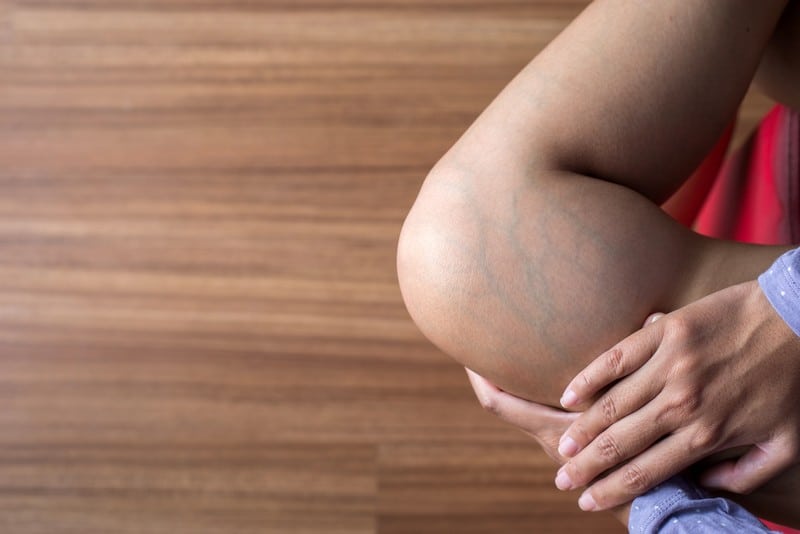Venous Insufficiency

Venous insufficiency happens when your veins’ valves don’t work properly and cannot transport deoxygenated blood to your heart from the legs and arms. It’s a fairly common condition, with up to forty percent of Americans affected. Moreover, it’s often a chronic disorder that causes foot swelling, aching legs, and varicose veins. Some of its symptoms include a dull aching or throbbing in your legs, swelling of ankles and legs, itching and cramping, open sores, and blood clots.
The risk factors that may trigger venous insufficiency are genetic predisposition, blood clots, varicose veins, pregnancy, obesity, smoking, and phlebitis. In addition, the treatment for the condition generally varies depending on the person, with factors like age and health playing crucial roles in determining the best course of action. Healthcare providers often prescribe medications like diuretics and blood thinners.
Home remedies like compression stockings, elevating your legs above your heart, and practicing skin hygiene can also help treat venous insufficiency. If they’re not enough, procedures like ablation, sclerotherapy, phlebectomy, laser therapy, and surgery may be performed. To prevent venous insufficiency, you must follow healthy lifestyle practices, such as maintaining a healthy weight, exercising regularly, and avoiding sitting or standing too long.










